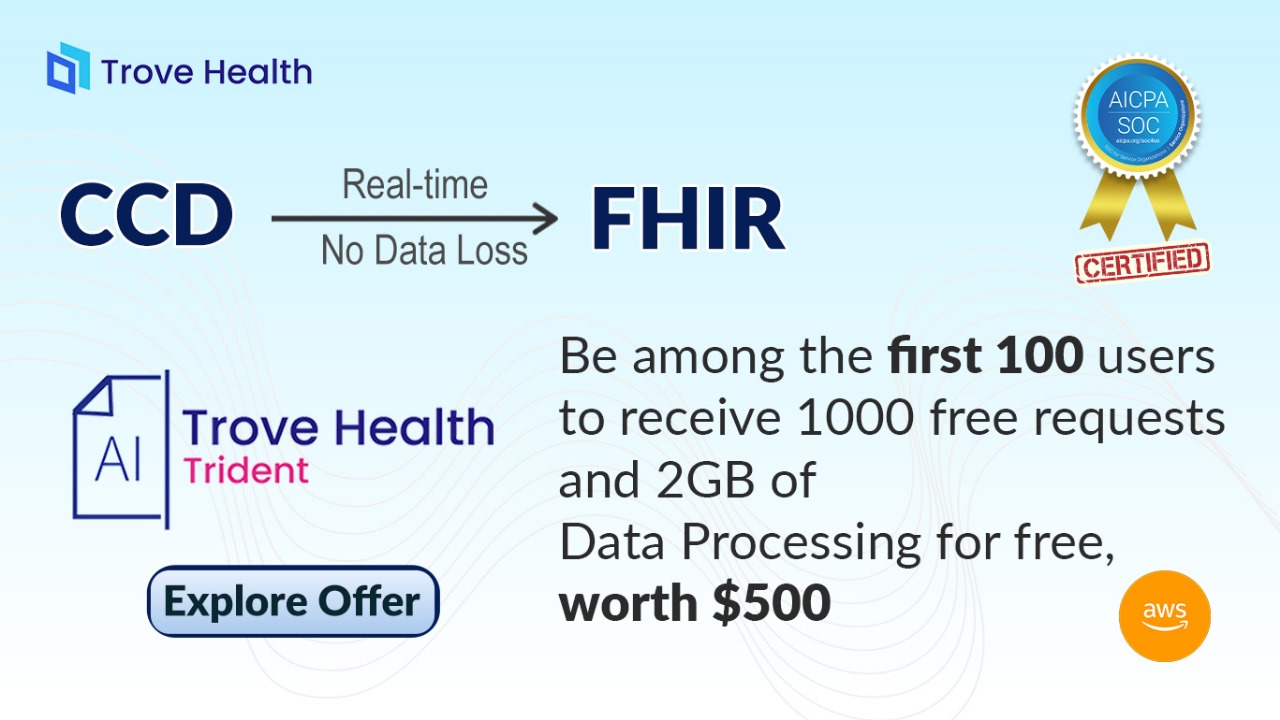Maturity Model
Interoperability for healthcare has four different levels that have been defined by informatics experts and the Healthcare Information and Management Systems Society (HIMSS). Some of these levels can be achieved today with existing healthcare IT architecture and IT systems, while others will require innovation and additional developments in patient-centered technology.

Foundational
This level of interoperability, also known as simple transport, is the most basic. Data is securely transferred from one system or device to another without interpreting the data or transforming it into a particular format. For example, a nurse downloads a PDF file of a patient’s latest lab results from the lab’s results portal, then manually enters the data into the patient’s health record.
Structural
When structural interoperability, or structured transport, is achieved, all the data is standardized to a particular format so it can be interpreted by multiple systems or devices. This data is organized in a particular order so the receiving system can automatically detect specific data fields. Data standards like FHIR and HL7 provide structural interoperability so records can be consistent, centralized and easy to move between systems.
Semantic
The semantic level of interoperability, or semantic transport, involves exchanging data between systems with completely different data structures. Imaging systems provide a simple example — there are many specialized DICOM and non-DICOM formats for images. With semantic interoperability, images could be transferred from one system to another, interpreted and incorporated into the new system regardless of the image’s original format or source.
Organizational
Organizational interoperability involves the seamless exchange of data between various organizations with different requirements, regulations and goals. To achieve this level of interoperability, there must be policy and governance innovations as well as technological innovations to ensure consent, security and integrated workflows move smoothly between different groups.

